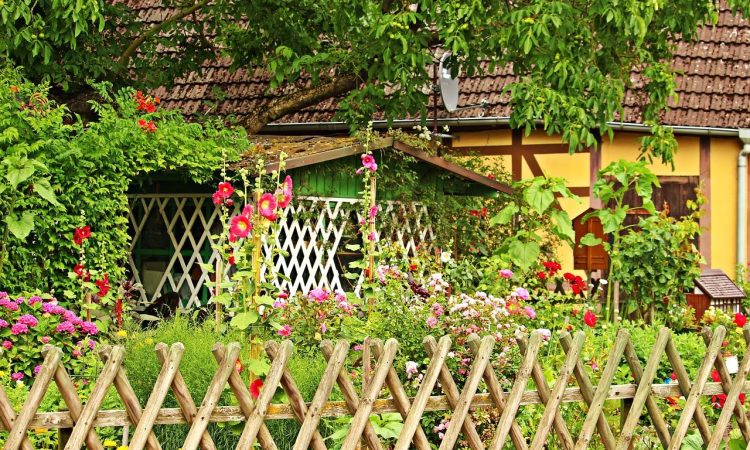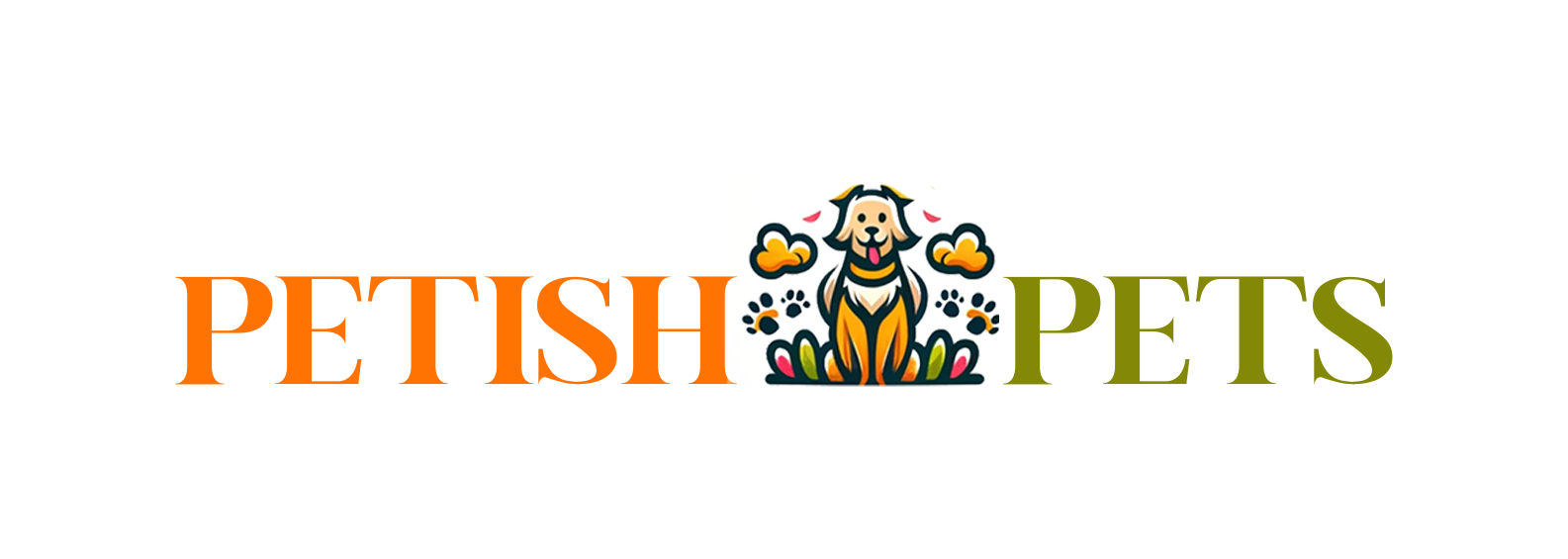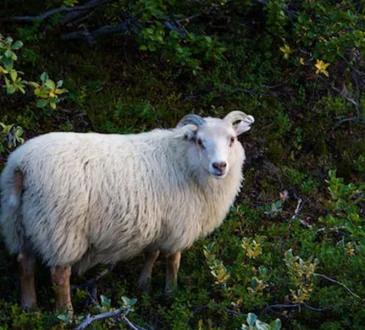
Gardening enthusiasts know the profound frustration that comes with witnessing the fruits of their labor decimated by nocturnal visits from neighborhood wildlife. The gamble of attempting to cultivate a garden without protective measures becomes a daily challenge, as guard dogs, sprays, and other unconventional methods provide only temporary relief against the clever adaptability of animals. Recognizing the need for a lasting solution, investing in a well-designed fence, though initially requiring some financial commitment, proves to be a prudent long-term strategy. This investment not only safeguards the hard-earned produce but also delivers peace of mind to gardeners. Drawing from firsthand experiences with different fencing types, the following tips delve into the essential elements of creating a garden fence that effectively repels animal intruders.
Appropriate Height to Deter Animals
When it comes to creating an animal-proof garden fence, the height of the barrier emerges as a pivotal consideration, particularly in regions where deer pose a significant threat to the integrity of the garden. Understanding that one size does not fit all, the optimal fence height becomes a nuanced decision, influenced by factors such as the size of the local deer population, the presence of buffer areas surrounding the garden, and the potential for deer to navigate and jump over the fence. A three-foot fence may prove effective in specific scenarios, but in areas characterized by heavy deer pressure, such a height might be inadequate. The key lies in tailoring the fence height to the unique characteristics of the local wildlife – sometimes, a towering eight-foot fence is necessary for robust protection, while in other cases, a 5.5-foot barrier could suffice. This nuanced approach ensures that the garden fence serves as a formidable deterrent against animal intruders, preserving the hard work and dedication invested in cultivating a thriving garden.
Burying the Fence 12 Inches Underground
Securing a garden against the persistent threat of small animals, including voles, rabbits, and armadillos, demands a comprehensive approach, particularly when it comes to preventing them from burrowing under the protective fence. Recognizing the limitations of a mere two-inch burial, as demonstrated in a scenario where a determined armadillo caused considerable damage, a more robust solution was imperative. This led to the implementation of a 12-inch trench, a meticulous process involving both a trencher and manual effort. The success of this method has been evident in its ability to thwart the relentless efforts of animals attempting to breach the garden perimeter, emphasizing the importance of strategic measures in fortifying the defense against burrowing intruders.
Utilize ½ Inch Hardware Mesh at the Base
In the intricate task of fortifying a garden against the relentless persistence of small animals, the choice of fencing material becomes a critical consideration. Despite the relatively higher cost, the efficacy of ½ inch hardware mesh emerges as unparalleled when safeguarding against the intrusion of creatures such as rabbits, voles, and other persistent pests. This robust mesh, when strategically paired with a tall fence, not only serves as a formidable deterrent for small animals but also provides an effective barrier against larger intruders. In contrast, conventional options like chicken wire and one-inch fencing may prove insufficient against the tenacity of rabbits and voles. To heighten the level of protection, burying the hardware mesh 6-12 inches becomes a prudent measure, especially when contending with burrowing threats such as voles, gophers, or moles. The small gaps between the mesh wires contribute to comprehensive defense, preventing even mice from infiltrating the garden, underscoring the importance of a well-thought-out fencing strategy for robust animal-proofing.
Proper Installation is Crucial
The dedication put into acquiring and installing a garden fence can be rendered ineffective if the installation is not executed with precision. This holds particularly true for wire fences, where the importance of maintaining tautness cannot be overstated. Ensuring that there are no gaps or weaknesses in the fencing is paramount to achieving an animal-proof barrier. Employing tools such as a come-along or other tensioning equipment becomes essential in guaranteeing the proper alignment and tension of the fence. An animal-proof fence demands meticulous attention to detail, leaving no room for vulnerabilities that opportunistic creatures could exploit. Recognizing that the integrity of the fence lies in its flawless installation, the focus should extend beyond the mere acquisition of materials, emphasizing the significance of proper tension and alignment to fortify the defense against clever and resourceful wildlife.
Be Adaptive: Make Necessary Adjustments
Maintaining a garden fence that stands resilient against a variety of animal threats requires a flexible and adaptive mindset. Imagine your initial fence configuration, designed to deter deer, suddenly facing a new challenge in the form of a rabbit intrusion. In such situations, the solution doesn’t necessarily demand an entire overhaul of the existing fence. Instead, a judicious approach involves augmenting the fence’s defenses by adding an extra layer of protection, such as hardware mesh along the bottom, which has proven to be particularly effective against ground-dwelling creatures. Furthermore, the adaptability of the fencing strategy is showcased by the incorporation of electric fencing strands to specifically target and address emerging threats from different animal species. This ability to adjust and customize the protective measures in response to evolving challenges is paramount in maintaining an animal-proof garden fence, ensuring its ongoing effectiveness and resilience in the face of diverse wildlife pressures.
Ongoing Maintenance for Longevity
The significance of maintaining a garden fence extends well beyond its initial installation; it demands a consistent and proactive approach to ensure enduring effectiveness. In the case of electric fences, regular checks are imperative to guarantee the proper functioning of both the energizer and the fence itself. Other fence types, such as those made of wood or alternative materials, necessitate periodic inspections to identify any signs of rot or deterioration. Adopting a proactive stance towards maintenance is crucial in promptly addressing potential vulnerabilities. Whether it’s replacing rotting wood, reinforcing structural integrity, or ensuring that materials remain resilient, ongoing upkeep plays a pivotal role in preserving the long-term efficacy of the garden fence. By staying vigilant and addressing issues promptly, gardeners can uphold the protective barrier’s strength, offering consistent defense against the myriad challenges posed by the surrounding wildlife.
Bonus Tip: Protect from Above with Netting
Although a well-constructed fence offers robust protection against ground-dwelling animals, the potential threat posed by climbing and flying creatures such as raccoons, squirrels, and birds necessitates additional measures. Specifically, crops like strawberries and blueberries, vulnerable to aerial invaders, require targeted safeguards. In this context, the installation of protective netting emerges as an invaluable strategy. This mesh barrier acts as a formidable deterrent, thwarting the efforts of climbing creatures and airborne pests to access and compromise the harvest. The investment in netting not only fortifies the defense against potential threats from above but also underscores the comprehensive and adaptive nature of an effective animal-proof garden strategy. As gardeners strive to protect their yields, considering the vulnerability of specific crops to aerial intruders becomes a strategic aspect of creating a resilient and all-encompassing protective environment.
Conclusion
Devoting both time and financial resources to the establishment of a thoughtfully designed garden fence stands as a highly rewarding undertaking for every dedicated gardener. This investment is not merely a shield against wildlife interference but a strategic means to safeguard the fruits of one’s labor. The comprehensive tips offered herein serve as a guide for creating an animal-resistant garden fence, encapsulating the collective wisdom gained through hands-on experiences with various fencing types. With the goal of providing enduring protection, these insights empower gardeners to cultivate their plots with confidence, knowing that the barrier erected around their harvest is not just a physical boundary but a shield meticulously crafted to withstand the diverse challenges posed by local wildlife. This approach ensures that the toil invested in nurturing a garden is met with the joy of reaping bountiful harvests, free from the perpetual concern of wildlife disruptions.




